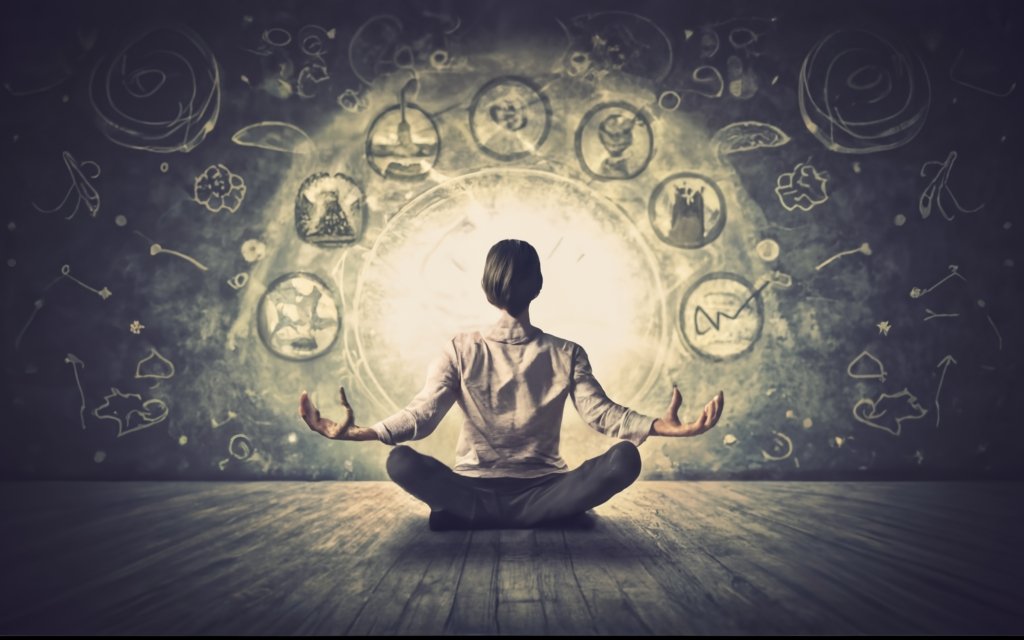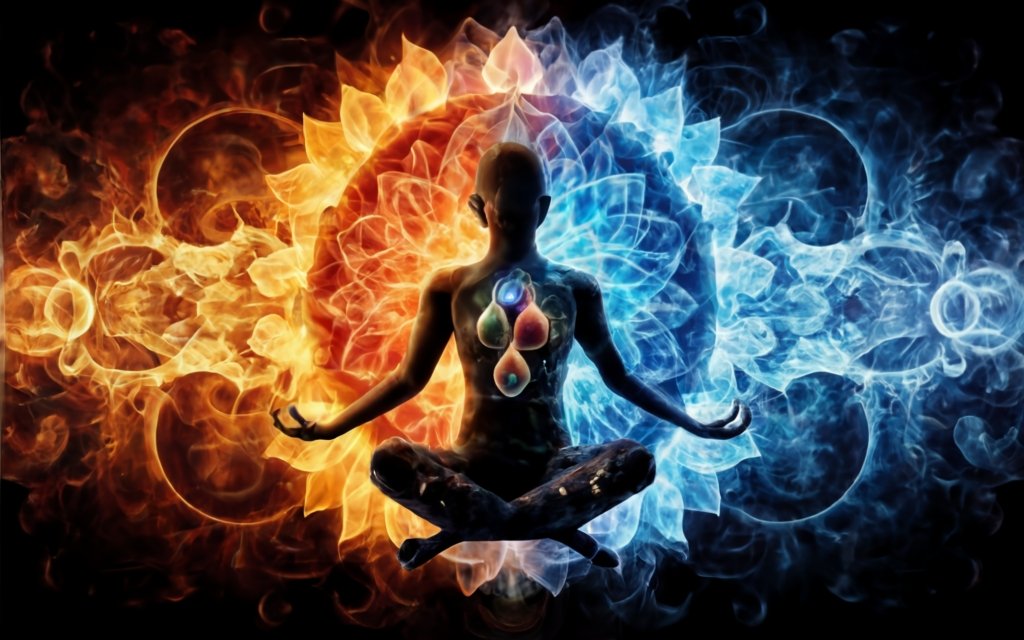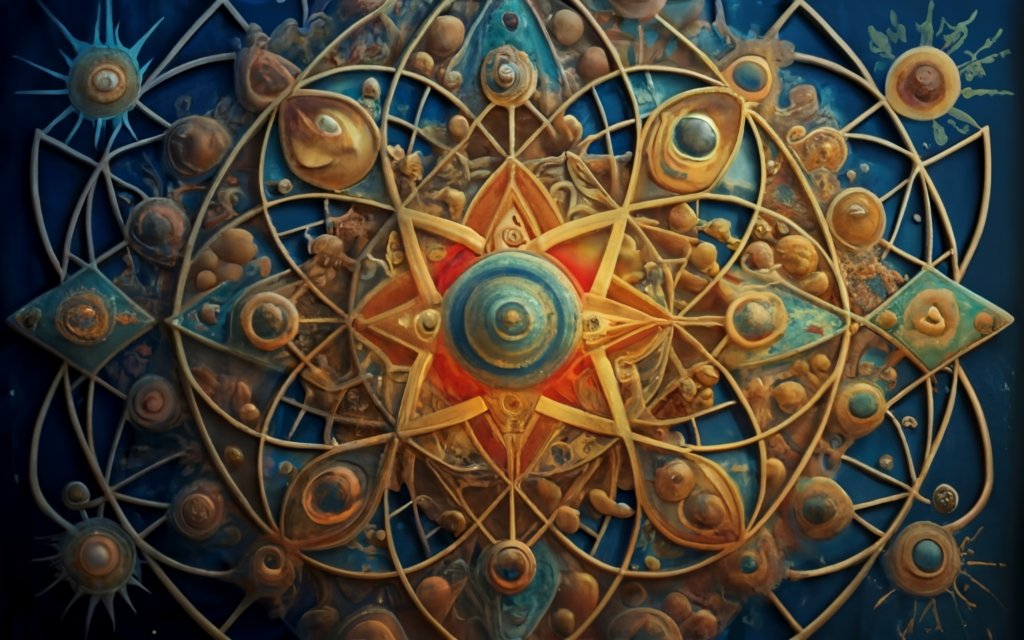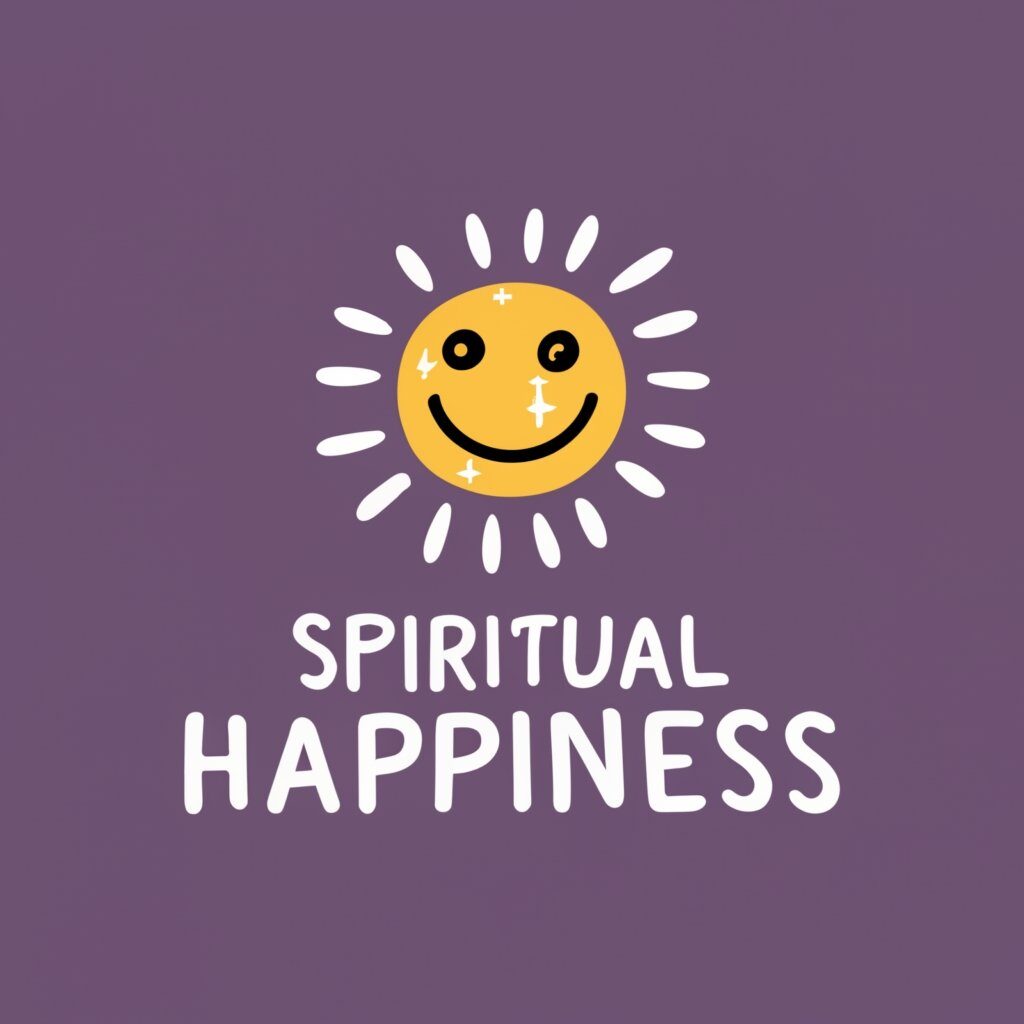Unlocking the Secrets of Spiritual Elements
In the quest to understand spirituality, seekers often find themselves pondering the essential components that make up this profound aspect of human existence. Spiritual exploration can take many forms, and individuals from diverse backgrounds embark on this journey to find deeper meaning and purpose. This article aims to delve into the enigmatic realm of spirituality by exploring the key elements that underpin it.
What Are the Elements of Spirituality?

Spirituality, like life itself, is multi-faceted and complex. To gain a comprehensive understanding, we must explore various dimensions and aspects of this profound concept.
The Five Fundamental Elements
Earth
Earth, one of the five classical elements, is often associated with stability and grounding. In spirituality, it symbolizes our connection to the physical world and the importance of being rooted in the present moment. Earth reminds us to appreciate the beauty of nature and to nurture our bodies as temples for the soul.
Water
Water represents the fluidity of life and emotions. It teaches us the value of adaptability and going with the flow. In spirituality, water signifies the cleansing of the soul, much like a refreshing river washing away impurities. It encourages us to embrace change and remain emotionally resilient.
Fire
Fire, with its transformative power, symbolizes the burning desire for spiritual growth and enlightenment. It ignites the passion within us to pursue our purpose and overcome challenges. In spirituality, fire reminds us to be fearless in our pursuit of truth and self-realization.
Air
Air embodies the essence of communication and intellect. It encourages us to seek knowledge and understanding. In spirituality, air signifies the importance of clear thoughts and open-mindedness. It reminds us to listen to our inner wisdom and connect with the higher realms of consciousness.
Ether (Spirit)
Ether, the fifth element, represents the transcendent and spiritual aspect of our existence. It symbolizes our connection to the divine and the infinite. In spirituality, ether reminds us of our innate divinity and the unity that binds all living beings.
Exploring Spiritual Dimensions
The Three Dimensions of Spirituality

Spirituality extends beyond the material world and encompasses three distinct dimensions:
- Personal Spirituality: This dimension involves an individual’s inner journey, self-discovery, and connection with their inner self. It includes practices such as meditation, self-reflection, and mindfulness.
- Relational Spirituality: Relational spirituality emphasizes our connections with others and the importance of fostering loving and compassionate relationships. It encourages us to seek harmony and unity with those around us.
- Transcendent Spirituality: Transcendent spirituality delves into the realm of the mystical and the divine. It involves experiences of transcendence, where individuals connect with higher powers, cosmic forces, or universal consciousness.
The Seven Spiritual Dimensions

In addition to the three core dimensions, spirituality also encompasses seven broader dimensions, each offering a unique perspective:
- Intellectual Dimension: The pursuit of knowledge and understanding on a spiritual level.
- Emotional Dimension: The exploration and management of one’s emotions in a spiritual context.
- Social Dimension: The impact of spirituality on one’s social interactions and community involvement.
- Physical Dimension: The connection between the body and spirit, including practices like yoga and holistic health.
- Environmental Dimension: The recognition of the spiritual dimension in nature and the environment.
- Artistic Dimension: The expression of spirituality through art, music, and creativity.
- Ethical Dimension: The moral and ethical aspects of spirituality, including principles of compassion and altruism.
Beyond the Elements
While the five classical elements and various dimensions provide valuable insights into spirituality, it’s essential to remember that spirituality is a deeply personal and individual journey. It may encompass elements that go beyond the traditional definitions, including elements of religion, philosophy, and personal beliefs.
The exploration of spirituality is a lifelong journey, and understanding its elements can help individuals navigate their path with greater clarity and purpose. Whether you resonate with the classical elements, the dimensions, or a unique combination of both, embracing spirituality can lead to a more fulfilling and meaningful life journey.
So, what are the elements of spirituality? They are the keys to unlocking the profound mysteries of the human soul, the guiding stars on our spiritual voyage, and the bridge that connects us to the infinite.
The 5 Elements of Life

The Elemental Connection
Intriguingly, the concept of the five elements doesn’t just apply to spirituality but also extends to life itself. These elements are deeply intertwined with our existence, and understanding them can lead to profound insights into the human experience.
What Are the 5 Elements?
The five elements of life, sometimes referred to as the “Pancha Mahabhuta” in Eastern philosophy, are:
- Earth (Prithvi): Earth represents the physical body and its connection to the material world. It symbolizes stability, nourishment, and the foundation upon which life is built.
- Water (Jal): Water signifies the flow of emotions, intuition, and adaptability. It mirrors the ever-changing nature of life and encourages us to embrace our feelings and go with the natural currents of existence.
- Fire (Agni): Fire embodies the transformative energy within us. It fuels our passion, determination, and the burning desire for growth and self-realization.
- Air (Vayu): Air represents the realm of thoughts, intellect, and communication. It encourages us to cultivate clarity of mind, open-mindedness, and the power of effective expression.
- Ether (Akasha): Ether, often referred to as “space” or “spirit,” connects us to the limitless and transcendent aspects of life. It symbolizes our higher consciousness and our link to the divine.
Uniting the Elements
The interplay of these five elements forms the very essence of our existence. Much like spirituality, life itself is a dance of balance and harmony. Each element contributes to the intricate tapestry of our lives, and their interactions shape our experiences.
The 5 Elements of Earth
Earth in Everyday Life

While Earth, as an element, holds spiritual significance, it also plays a vital role in our daily lives. It’s the ground beneath our feet, the soil that nurtures our food, and the solid foundation on which we build our homes and communities.
The Importance of Grounding
In spirituality, grounding is a practice that connects us with the Earth element. It helps us stay rooted in the present moment, promoting stability and balance in our lives. Grounding techniques, such as walking barefoot on the earth or spending time in nature, can have a profound impact on our well-being.
Earth in Different Cultures
Across cultures and religions, Earth is a symbol of fertility, abundance, and the cycles of life. It’s often personified as a mother figure, representing nurturing and sustenance. Exploring these cultural perspectives can deepen our understanding of the Earth element’s significance in spirituality.
The 5 Elements of Nature
Nature’s Elemental Harmony

Nature itself is a testament to the harmonious interplay of the five elements. Observing the natural world can provide valuable insights into spirituality.
Water’s Flow
Watching a river meander through a forest or feeling the gentle touch of raindrops on your skin can evoke a deep sense of connection with the Water element. It reminds us of the importance of staying flexible and adaptable in the face of life’s challenges.
Fire’s Energy
A crackling campfire or the warmth of the sun’s rays on a clear day can invoke the energy of the Fire element. It inspires us to pursue our passions, ignite our inner spark, and strive for personal growth.
Air’s Clarity
The rustling of leaves in the wind or the breathtaking view from a mountaintop can evoke the clarity and expansiveness of the Air element. It encourages us to seek knowledge, embrace new ideas, and keep our thoughts open and free.
Ether’s Transcendence
Gazing at the vast expanse of the night sky or experiencing a moment of profound stillness in meditation can connect us with the transcendent qualities of the Ether element. It reminds us of our spiritual nature and our boundless potential for growth and transformation.
The 5 Elements of Spirituality and Beyond

As we’ve explored the five elements of spirituality, life, earth, and nature, it’s clear that these concepts are interconnected. They all point to the fundamental truth that our existence is a rich tapestry of experiences, emotions, and spiritual growth.
In the journey of self-discovery and spiritual awakening, we can draw inspiration from these elements. Whether it’s the grounding power of Earth, the transformative energy of Fire, or the boundless nature of Ether, each element offers valuable insights to navigate the intricate terrain of spirituality.
So, whether you’re seeking answers to questions like “What are the elements of spirituality?” or pondering the mysteries of life and existence, remember that the journey itself is a profound exploration, rich with opportunities for growth and self-realization. Embrace the elements, both spiritual and elemental, as your guides on this extraordinary voyage of discovery.
Conclusion
In the grand tapestry of life, spirituality and the elements are the threads that weave our existence into a meaningful and purposeful journey. We’ve explored the five elements of spirituality and how they parallel the elements of life and nature, drawing inspiration from their profound symbolism.
As we conclude this exploration, it’s crucial to recognize that spirituality is a deeply personal and ever-evolving path. It’s not confined to a fixed set of elements or dimensions but encompasses the boundless potential for growth, self-discovery, and connection with the divine.
Remember that the five elements—Earth, Water, Fire, Air, and Ether—serve as guides on your spiritual journey, offering wisdom, balance, and insight. Embrace them as tools to navigate life’s complexities, find inner peace, and embark on a path of self-realization.
FAQ: Unraveling Spiritual Questions
Q1: What Are the 3 Elements of Spirituality?
A1: While the traditional model often includes five elements of spirituality, some interpretations focus on three core dimensions: personal spirituality, relational spirituality, and transcendent spirituality. These dimensions encompass various aspects of spiritual exploration and growth.
Q2: How Do the 5 Elements of Earth Connect to Spirituality?
A2: Earth, as one of the five classical elements, symbolizes stability and grounding in spirituality. It signifies our connection to the physical world and encourages us to appreciate the beauty of nature. Grounding practices help individuals stay rooted in the present moment, fostering a sense of stability and balance.
Q3: What Is the Significance of Nature in Spiritual Exploration?
A3: Nature holds a profound significance in spirituality, serving as a mirror for the elements and their symbolism. Observing the natural world can deepen our spiritual connection and provide insights into the transformative power of the elements.
Q4: How Can I Begin My Spiritual Journey?
A4: Starting your spiritual journey is a personal and unique experience. Begin by exploring practices like meditation, self-reflection, or mindfulness to connect with your inner self. Engage with others in meaningful ways to nurture relational spirituality, and remain open to moments of transcendence and divine connection.
Q5: Are There Elements of Spirituality in Religion?
A5: Yes, elements of spirituality often overlap with religious beliefs and practices. Many religions incorporate the five elements or similar symbolic representations into their teachings. Spirituality can provide a deeper, personal connection to religious traditions.
Q6: How Do I Embrace the Elements of Spirituality in My Daily Life?
A6: Incorporating the elements of spirituality into your daily life can be achieved through mindful practices, such as grounding exercises, meditation, and acts of kindness. Additionally, exploring the elements through art, music, and nature can deepen your connection to spirituality.
In your quest for spiritual enlightenment, remember that the journey itself is the destination. Embrace the elements, cultivate your spiritual dimensions, and allow the mysteries of life and existence to guide you toward a more profound understanding of self and the universe.





